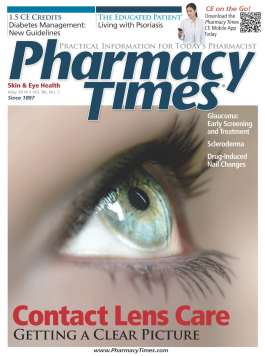Internet Remedies for Skin Cancer Mostly Harmful
Patients who search for and use alternative treatments for skin cancer and moles on the Internet are doing more harm than good, the results of a recent study suggest.
Patients who search for and use alternative treatments for skin cancer and moles on the Internet are doing more harm than good, the results of a recent study suggest.
The study, presented at the American Academy of Dermatology’s 2014 annual meeting, reviewed 26 published cases of patients who had attempted to treat skin cancer or moles using alternative remedies they found online. The study analyzed the safety and efficacy of these treatments, which included potent escharotic agents containing bloodroot (Sanguinaria canadensis), zinc chloride, and Cheilidonium majus, and a newer nonescharotic agent, Curaderm (solasodine glycosides).
The results indicated that the alternative remedies did little to cure the conditions and often damaged the skin. Overall, 88.5% of self-treatments resulted in poor cosmetic outcomes, with 57% of patients experiencing mild to moderate scarring and 38.5% suffering extensive tissue damage. Among self-treated skin cancer patients, 71.4% experienced temporary resolution of the disease to some extent; however, 56.3% had residual or recurrent disease at follow-up. The overall cure rate with self-treatment was only 38.5%, which is extremely low compared with the >95% standard cure rate.
“Dermatologists and other physicians should be aware of patient access to these potentially harmful products via the Internet and their largely negative outcomes,” the authors of the study conclude.

